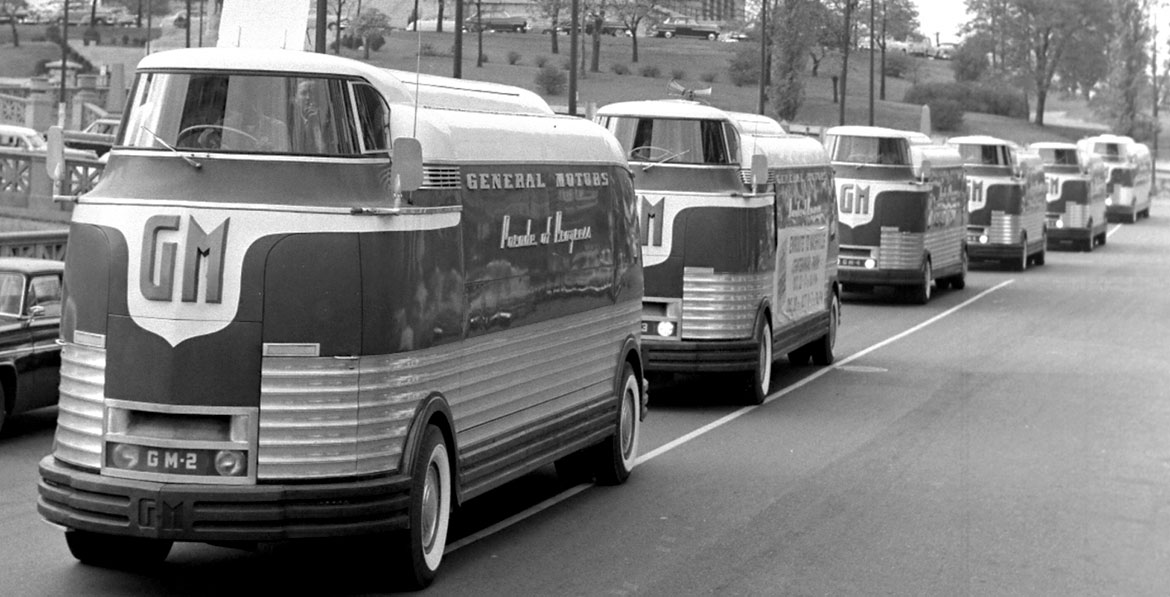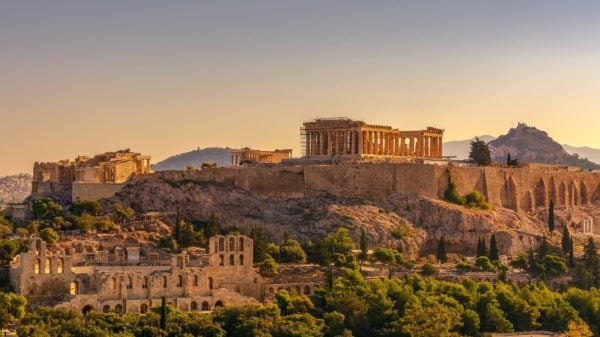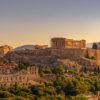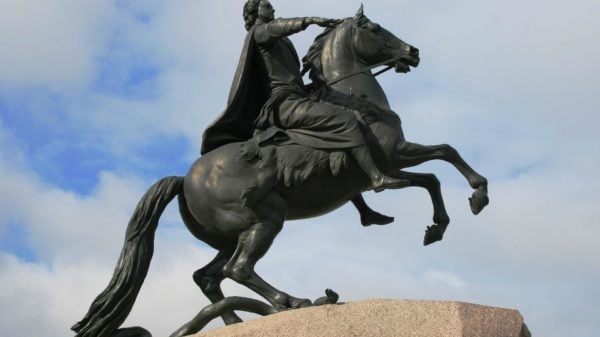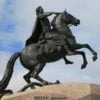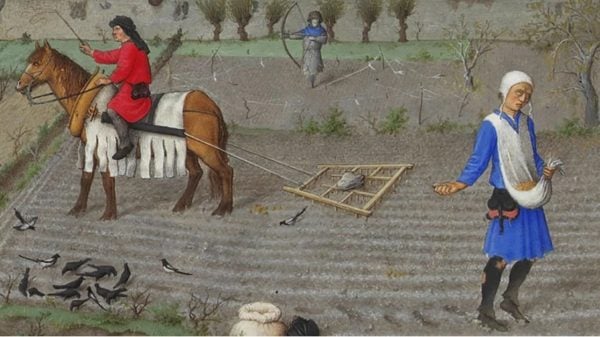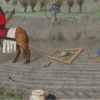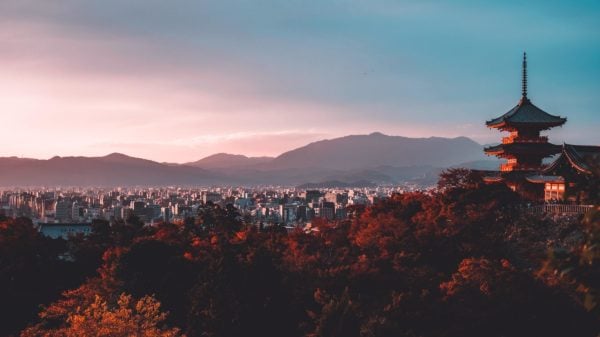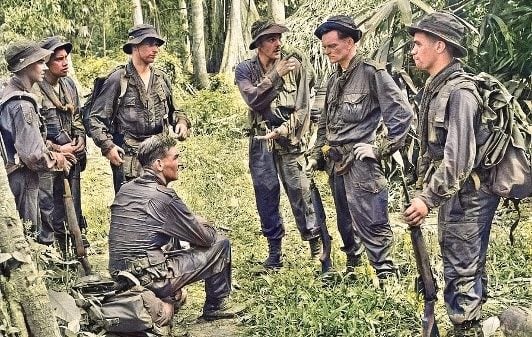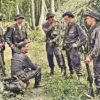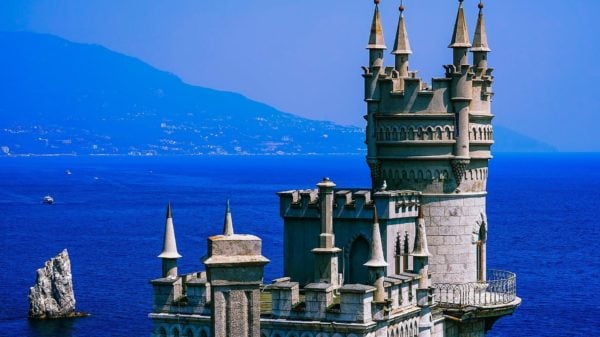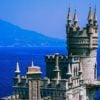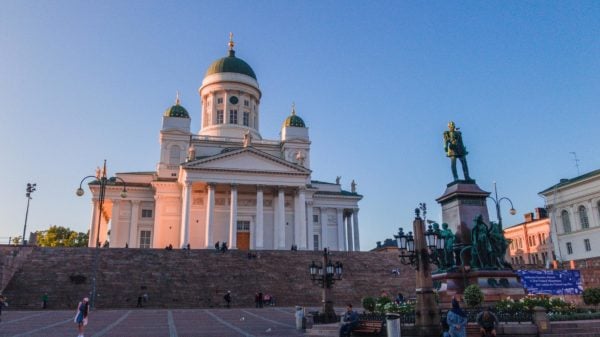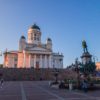General Motors (GM) hosted the Parade of Progress to showcase future vehicles and technologies in various places in North America. Reports claimed that the idea for the GM Parade of Progress came from the Charles Kettering, the company’s vice president for research. He was also the inventor of the first-ever electric self-starter for vehicles.
Kettering got the idea after attending the company’s Century of Progress world fair in Chicago in 1933. Upon seeing the exhibits of various science and technology used by GM, he realized that bringing the exhibit on the road and showing all the displays in various points in the US could be a great idea.
GM launched the first Parade of Progress in 1936. It jumpstarted in Lakeland, Florida, and reached Pearl Harbor in Hawaii after stopping at a total of 251 towns and cities in the US, Mexico, Canada, and Cuba. Approximately 12.5 million people went to see the event. It was even more popular compared to the games of the Major League Baseball during that time.
The Parade of Progress featured a series of automobiles, including eight GM Futurliners at that time. These custom vehicles styled by Harley Earl featured a 33 feet long and eight feet wide art deco-themed body. Each unit was painted in deep red all over the sides and white on the roof. The American automaker made a total of 12 GM Futurliners since the 1940s.
Aside from the Futurliners, the first Parade of Progress also included several Chevrolet tractor-trailers and nine GMC. Each vehicle carried various gear, power generators, tents, light fixtures, booths, and added exhibits. An air-conditioned 1936 Chevy served as the command car of the Parade.
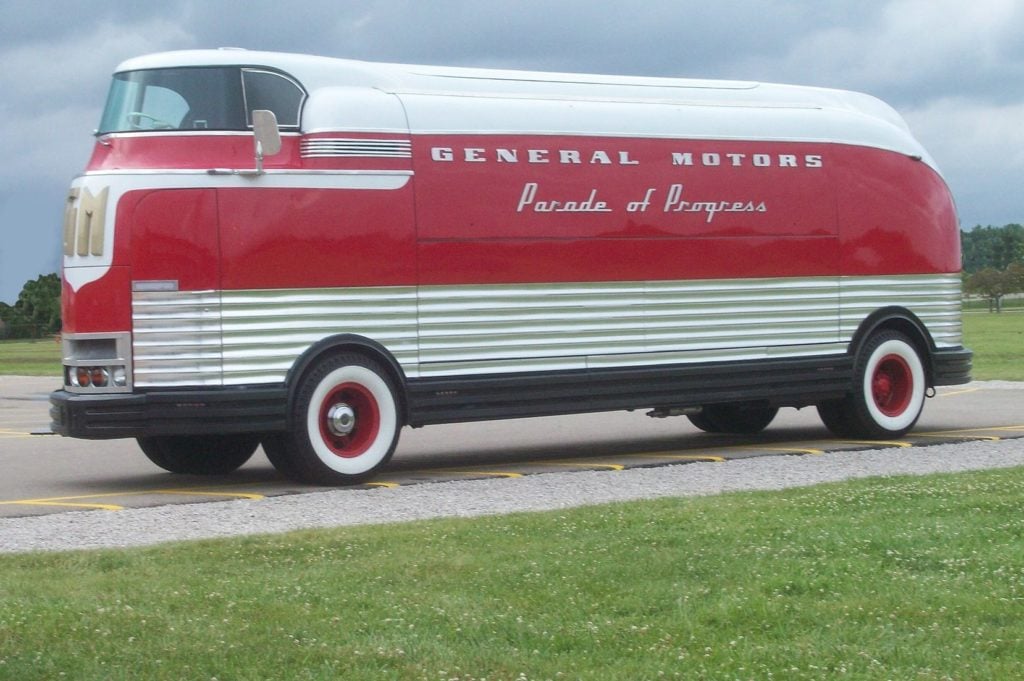
One of the GM Futurliner units that were driven during the Parade of Progress event during its heydays.
The Parade of Progress also featured vehicles from all its vehicle lines, including Cadillac, Chevrolet, Oldsmobile, Pontiac, LaSalle, and Buick. The staff traded the cars for every 2,000 miles at the local dealerships that they passed by.
In two decades, GM held a total of three Parade of Progress. The second one started at the New York World’s Fair in 1939. It featured all the 12 Futurliners, a massive 152-ft x 80-ft Aerodrome tent, 26 different displays, and more than 44 vehicles. But World War II halted the tours. The vehicles were still in Texas when the war broke out after the bombing in Pearl Harbor. The Parade disbanded and most of the company’s staff joined the war. The staff took the vehicles to Ohio, where they were parked in a warehouse while the war was progressing.
GM started reviving the event in 1953. The number of vehicles that participated was essentially similar to the second Parade. But the third and last Parade of Progress happened in 1956. The company decided to cancel the event because the audience started to dwindle due to the emerging popularity of television.
The automobile company decided to hold another version of the Parade called Previews of Progress during the 1970s. But instead of visiting various cities, it stopped in different high schools across the United States.


